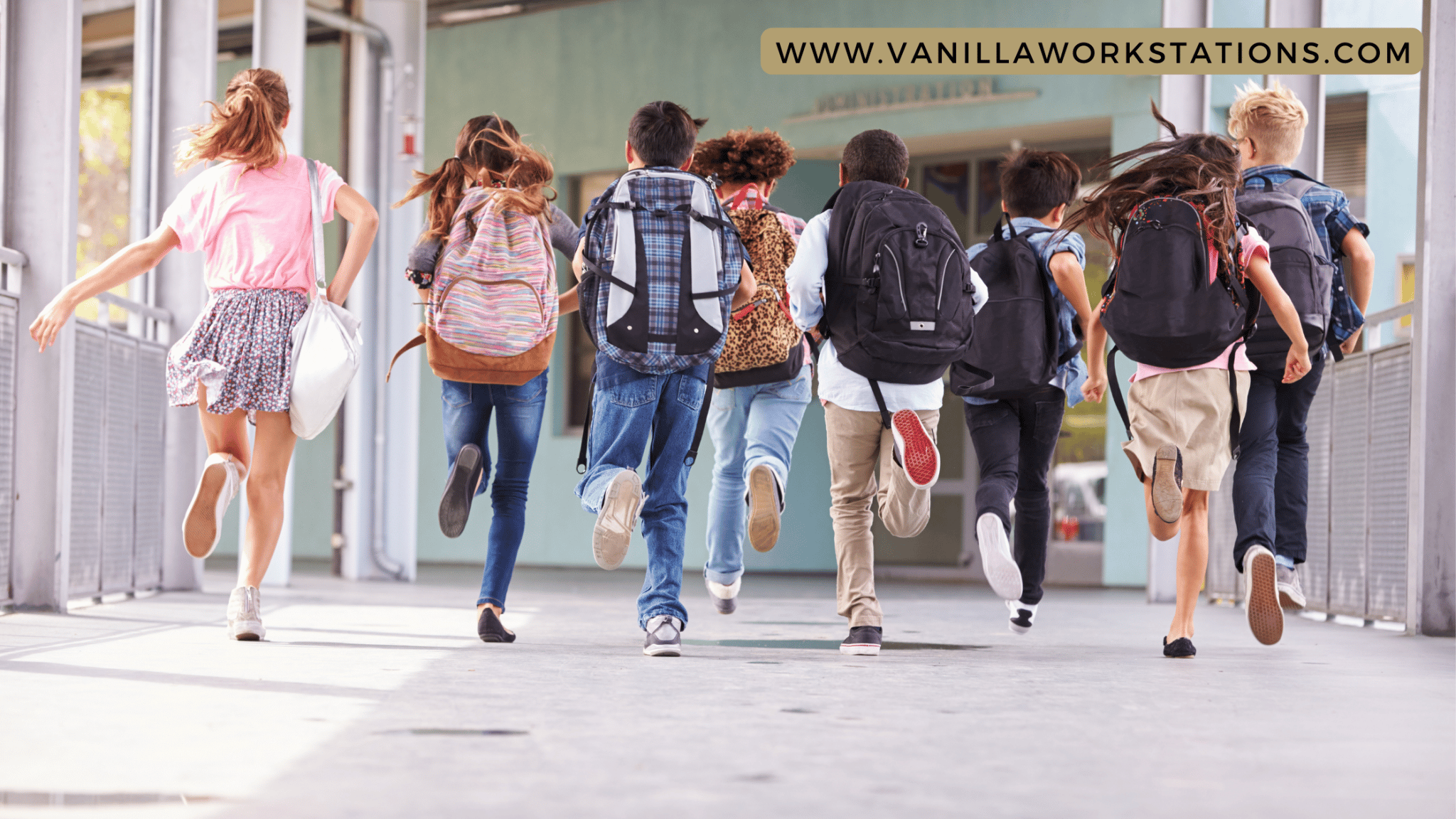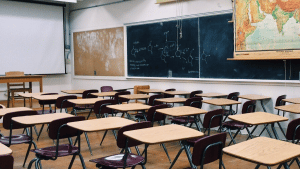
Alternative schools in America are becoming more and more popular. But what are they? How do they differ from traditional schools? What kind of students do they serve? What type of education do they provide? In this article, we will discuss everything you need to know about American alternative schools. So if you’re curious about these educational institutions, read on!
What Are Alternative Schools in America?
Meeting the needs of students who don’t fit into the traditional education system is becoming increasingly important as the number of students who don’t do well in the existing system grows. Alternative education is one of the solutions that many states and local school districts are using to help students who aren’t meeting educational goals and standards in traditional school settings.
Alternative education is not a new idea, and it has been a part of the public school system in the United States and has changed over the years. But what does it mean in general?
In 1996, people, teachers, and policymakers were worried about violence, weapons, and drugs on elementary and secondary school campuses. They also worried about sending disruptive and potentially dangerous students “out on the streets.” This has led to more interest in alternative schools and academic programs.
The U.S. Department of Education defines an alternative education school as “…a public elementary/ secondary school that addresses the needs of students which typically cannot be met in a regular school and provides nontraditional education which is not categorized solely as regular education, special education, vocational education, gifted and talented or magnet school programs.”
As of the 2019-2020 school year, there were a total of 36,377 alternative schools in the United States. Of these schools, 31,503 were public, and the remaining were private. The vast majority of alternative schools (95%) were located in urban areas. Additionally, most alternative schools were small, with the average school having just under 200 students.
Alternative schools in America are public or private schools that offer nontraditional curricula and methods of instruction. These schools often have a more relaxed atmosphere than traditional schools, and they typically cater to students who learn best in a non-traditional setting. For example, some alternative schools might focus on hands-on learning, while others might use an arts-based curriculum.
How Do Alternative Schools Differ From Traditional Schools?

One of the biggest differences between alternative and traditional schools is the curriculum. While traditional schools follow a more rigid academic curriculum, alternative schools often have a more flexible curriculum that allows students to explore their interests. For example, an alternative school might offer classes on topics like music or art, while a traditional school would not.
Another difference between alternative and traditional schools is the teaching methods. Alternative schools typically use more creative and innovative teaching methods than traditional schools. For example, some alternative schools might use project-based learning or make use of technology in the classroom. Custom computers for alternative schools help to make the learning process more interactive and engaging for students. Additionally, alternative schools often have smaller class sizes, which allows for more individualized attention from teachers.
When it comes to staffing, alternative schools often have a higher ratio of teachers to students than traditional schools. This allows for more individualized attention and support for students. In terms of curriculum, alternative schools typically offer a more diverse and flexible curriculum than traditional schools. And finally, when it comes to services, alternative schools often provide a wider range of social and emotional support services than traditional schools.
Regarding funding, alternative schools typically receive less money than traditional public schools. In fact, on average, alternative schools in America receive less funding per student compared to what traditional public schools receive. However, despite receiving less funding, alternative schools have been shown to be effective in helping at-risk students succeed.
Staffing, Curriculum, and Services in Alternative Schools
Students at risk of failing school might not be able to return to regular schools or graduate from alternative schools and programs if the education and services they get aren’t good enough. Dedicated and well-trained staff, an effective curriculum, and a variety of support services offered in collaboration with a wide range of agencies have all been shown to help at-risk students in alternative education settings, according to the National Center for Education Statistics (NCES).
Overall, many districts with alternative schools and programs for at-risk students had policies that required a wide range of services and practices for alternative education students. The NCES says that most school districts had courses and academic counseling that led to a regular high school diploma.
The goals of alternative schools vary depending on the needs of the students they serve. However, in general, the goals of these types of institutions are to provide a more personalized and customized educational experience for students. Additionally, many alternative schools in America strive to create a supportive and nurturing environment that meets students’ social and emotional needs. For instance, some alternative schools might focus on helping students develop life skills, while others might place an emphasis on preparing students for college and careers.
Why Enroll in An Alternative School?
So why enroll in an alternative school? A study on traditional high school dropouts showed that students at the alternative high school had a lot of informal control. The data support four major claims:
- Students had more freedom than they had at a traditional high school

- Student choice made the alternative school more effective
- Students monitored and changed their own behavior based on what was expected of the group as a whole
- Students enjoyed being successful while attending the alternative school.
And to add more to these reasons why students should enroll in an alternative school, here are a few things to consider:
- If you are not succeeding in a traditional school setting
- If you are looking for a more personalized and customized education experience
- If you need more social and emotional support, an alternative school might be able to provide that for you.
If you are looking for a more personalized and customized educational experience for your child, an alternative school might be the right fit. These types of institutions offer a variety of benefits that can help students succeed academically and emotionally.
And although alternative schools in America typically receive less funding than traditional public schools, they have been shown to be effective in helping at-risk students graduate. If you think an alternative school might be right for your child, reach out to a school in your area to learn more
